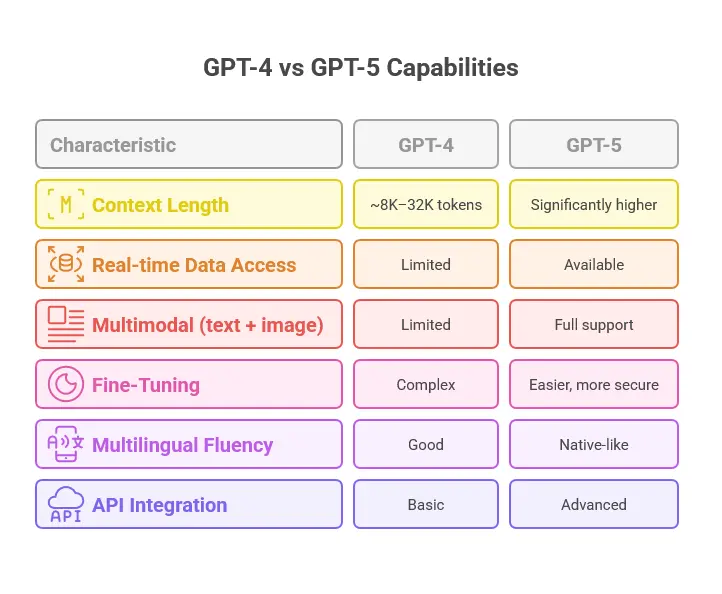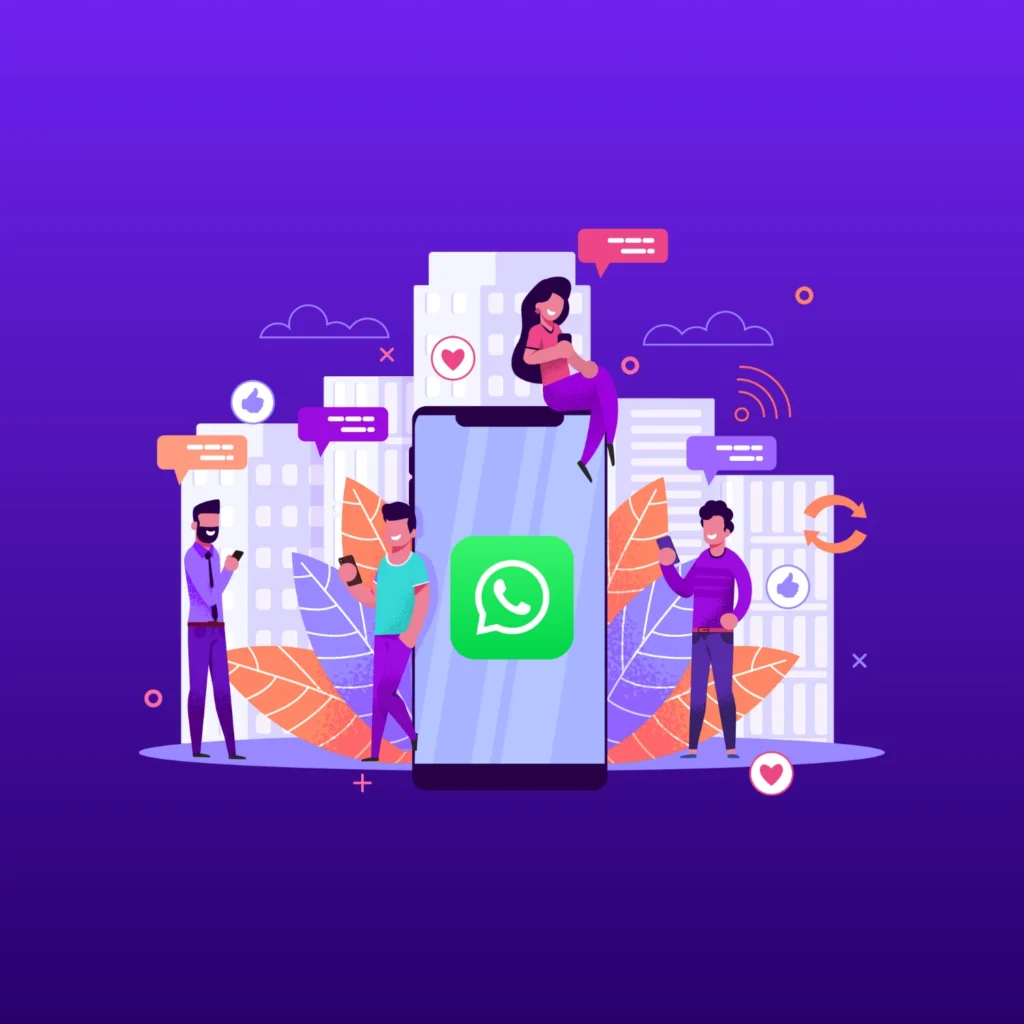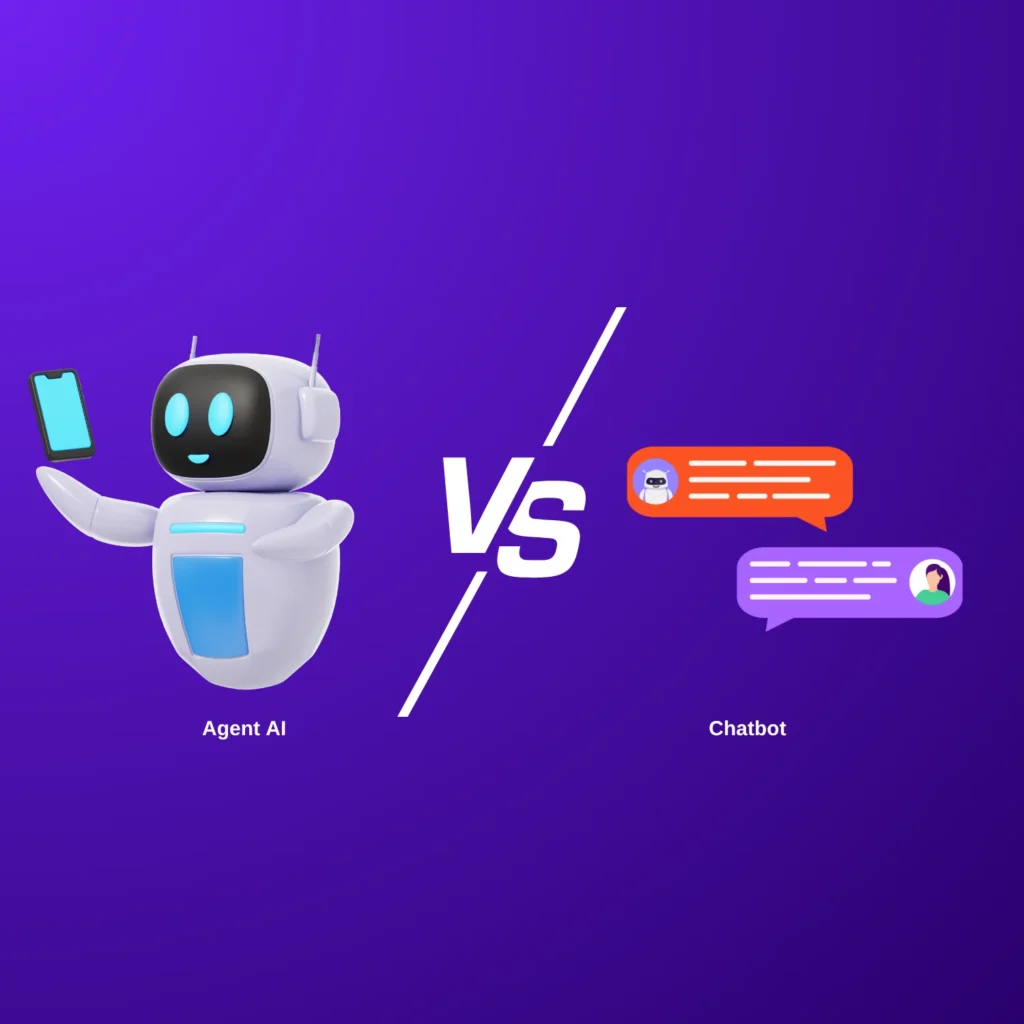The arrival of GPT-5 marks one of the most significant leaps in artificial intelligence to date. Building on the strengths of GPT-4, the new model is not just faster or more accurate — it’s more context-aware, more creative, and more capable of handling complex, real-world tasks.
In this guide, we’ll explore 10 groundbreaking things you can do with GPT-5 that earlier versions couldn’t deliver.
1. Engage in Ultra-Long, Context-Rich Conversations
One of the biggest limitations of earlier models like GPT-3.5 and GPT-4 was the conversation memory window. GPT-5 changes that by offering significantly expanded context retention, allowing it to remember thousands of words from your previous exchanges without “forgetting” details.
This means you can:
- Hold multi-hour brainstorming sessions
- Work on long-form writing projects without losing plot consistency
- Develop detailed product roadmaps in one seamless chat
Context continuity is essential for professional workflows. With the new model, you can work on a novel, a complex research paper, or a software project without constantly re-prompting the AI with background details.
2. Access Real-Time, Verified Information
While GPT-4 was powerful, it relied heavily on pre-2023 training data. GPT-5 integrates real-time web access (when enabled), enabling it to:
- Pull the latest market statistics
- Verify information on the fly
- Reference ongoing news events
Example: A marketer can ask the new model for current TikTok ad trends, and it will retrieve fresh, accurate data — something that was impossible with older models without plugins.
3. Interpret Complex, Multi-Step Instructions
GPT-5’s upgraded instruction-following ability means it can process layered, nuanced prompts without requiring constant clarification.
For example, you can say:
“Write a 500-word blog about GPT-5 for small business owners, using a conversational tone, include two real-world examples, and format it for LinkedIn.”
The new model will execute this in one go, with minimal need for edits.
4. Understand and Generate Visual Content
With multimodal capabilities, GPT-5 can now analyze and generate content based on images.
Possible applications include:
- Describing a diagram or chart in detail
- Suggesting design improvements for a marketing poster
- Creating AI-generated art or illustrations alongside text
This makes the new model ideal for industries like design, architecture, and education, where visuals play a key role.
5. Act as a Full-Scale Personal AI Assistant
GPT-5 blurs the line between chatbot and virtual assistant. It can:
- Manage your calendar
- Draft and send professional emails in your voice
- Summarize large documents instantly
- Remind you of tasks and deadlines
Unlike older versions, GPT-5 can maintain context about your work style, tone preferences, and ongoing projects, making it feel more “human.”
6. Provide Advanced, Human-Like Creative Writing
While GPT-4 was already good at writing, GPT-5’s creative abilities are on another level. It can craft stories, scripts, ad copy, and even poetry with authentic emotion and personality.
Example use cases:
- Writing emotionally engaging brand stories
- Drafting speeches with rhetorical flair
- Creating interactive narratives for games
This makes the new model invaluable for marketers, authors, and content creators.
7. Deliver Native-Like Multilingual Communication
GPT-5 can hold conversations and write in dozens of languages with native-like fluency — including idiomatic expressions and cultural nuance.
This benefits:
- Global businesses that need localized marketing content
- Travelers seeking accurate translations with context
- Educators and students working in multilingual environments
8. Perform Deep Data Analysis Without Dedicated Tools
GPT-5 can directly analyze datasets, generate summaries, and produce charts without requiring separate BI platforms.
Example: Upload a CSV file of sales data and can:
- Identify revenue trends
- Predict upcoming sales dips or spikes
- Suggest strategies to optimize performance
For non-technical users, this eliminates the learning curve of traditional analytics software.
9. Generate Domain-Specific AI Models
With fine-tuning capabilities, GPT-5 can be trained on your organization’s proprietary data to create specialized AI assistants.
For example:
- A hospital can build a medical knowledge assistant that adheres to HIPAA compliance.
- A law firm can create an AI paralegal that knows case history and legal precedents.
This was harder to achieve in earlier models without heavy technical intervention.
10. Integrate Seamlessly Into Enterprise Workflows
GPT-5 offers better API integration, making it easier to connect with:
- CRM systems (Salesforce, HubSpot)
- Project management tools (Asana, Trello)
- Customer support platforms (Zendesk, Freshdesk)
For businesses, this means automating repetitive tasks, improving customer experiences, and reducing operational bottlenecks.
GPT-4 vs GPT-5
The evolution from GPT-4 to GPT-5 is not just about technical improvements — it’s about making AI more aligned with how humans think, work, and create.
With better memory, accuracy, creativity, and integration, the new model opens doors to possibilities that once felt like science fiction.

Final Thoughts
GPT-5 isn’t just another AI upgrade — it’s a productivity revolution. From long-form writing to real-time data insights, image analysis, and enterprise-level integration, it empowers professionals to work smarter, faster, and more creatively.
" While it is definitely a step forward in terms of solving more complex problems, it remains to be seen how useful it would be for the public at large. Can it provide solutions to unsolved problems; can it help regular people grappling with problems which usually would need a PhD to solve?
For example, when I asked what could be a mathematical model for children learning languages, it answered the question with known mathematical models in NLP and Computation Linguistics.
Hence, it feels like it is definitely trained on more complex data, and can represent mathematical formulae better, it certainly is not changing the fundamental way in which we would interact with ChatGPT.
The difficult part will now be to know when the model is hallucinating and what parts are grounded. Previously,it was possible to verify a claim made by GPT from known resources or reading the different topics. Now these claims get tougher to validate."
- Dr. Ananthakrishnan Gopal, CTO & Co-founder, DaveAI
FAQ
1. What is GPT-5?
GPT-5 is the latest AI language model from OpenAI, designed to generate human-like text, understand context over longer conversations, process images, and deliver more accurate, real-time information. It’s an upgrade over GPT-4 in terms of speed, reasoning, and multimodal capabilities.
2. How is GPT-5 different from GPT-4?
Compared to GPT-4, GPT-5 offers:
- Expanded context retention for longer conversations
- Real-time data access
- Better handling of complex instructions
- Improved multilingual fluency
- Integrated multimodal support for text and images
3. Can GPT-5 access real-time information?
Yes, when connected to the internet or used with web-enabled tools, the new model can fetch and verify real-time information such as news updates, market trends, and recent statistics.
4. Is GPT-5 better for creative writing?
Absolutely. GPT-5’s upgraded creativity and emotion modeling allow it to produce stories, scripts, and marketing copy that feel more authentic and engaging than previous versions.
5. Does GPT-5 support multiple languages?
Yes, It can converse and write in dozens of languages with native-like fluency, making it ideal for global communication and content localization.
6. Can GPT-5 analyze data?
Yes. GPT-5 can interpret spreadsheets, detect trends, and even generate charts and summaries — eliminating the need for separate analytics tools in many cases.
7. Is GPT-5 safe for business use?
With improved fine-tuning options and better compliance controls, GPT-5 can be customized for industry-specific needs while maintaining high standards for data privacy and security.
8. What are the top use cases for GPT-5?
Popular use cases include:
- Virtual assistance and scheduling
- Market research and trend analysis
- Creative content generation
- Code writing and debugging
- Multilingual translation and localization
- Customer support automation
9. How can I start using GPT-5?
You can access GPT-5 through OpenAI’s platform, via ChatGPT Plus (if available), or by integrating its API into your applications and workflows.
10. Will GPT-5 replace human jobs?
While it can automate many repetitive tasks, it’s best viewed as a collaborative tool that augments human capabilities, rather than a full replacement for human roles.



